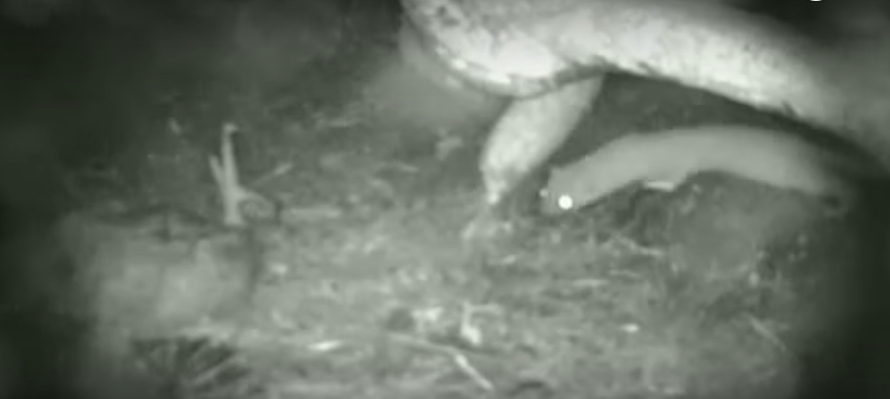You can contact LEARNZ, part of CORE Education, at:
Postal Address:
PO Box 13 678,
Christchurch 8141,
New Zealand
Kea in the wild are threatened by pests and human activity.

These threats include:
Projects are being developed to minimise the impact of each of these threats.
One of the biggest threats to kea is from introduced predators. Introduced stoats and possums are the key predators of kea and are found throughout the kea habitat. These predators impact on the survival of kea chicks and the survival of adult kea females. Stoats can reduce nest survival to near zero during the stoat plague years that follow beech mast events as well as reduce the number of adult kea females.

Controlling predators through intensive pest control programmes is vital for kea.
Predator control methods include:
These methods need to be used with caution as curious kea can be harmed by traps and by accidentally eating poison.
Complete the Threats to kea quiz >
What do you think you can do to help reduce threats to kea?